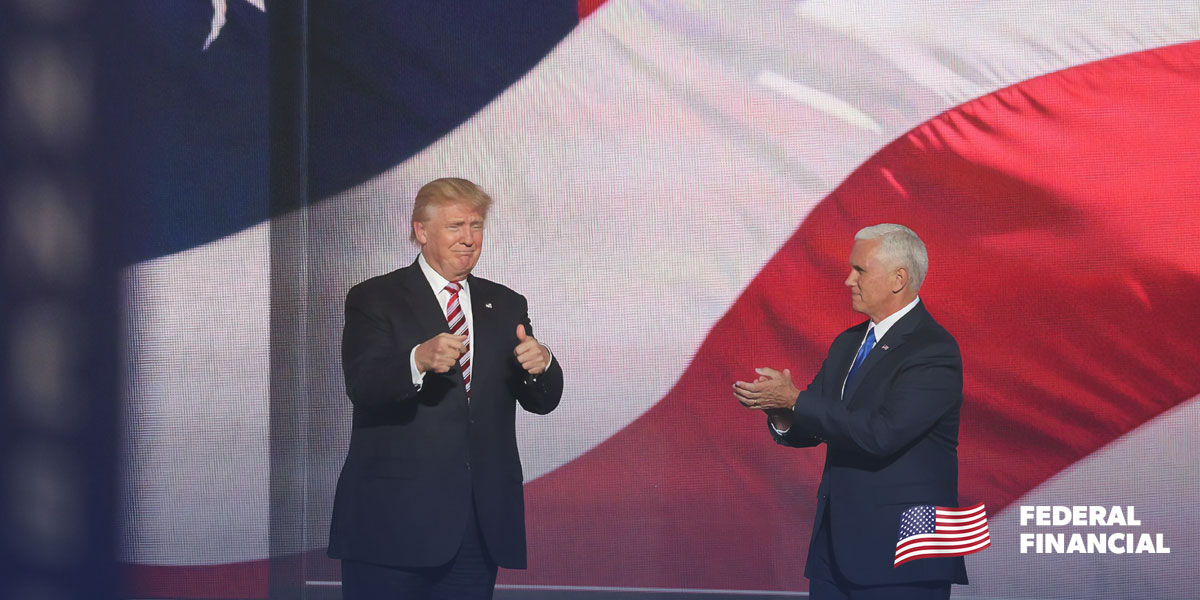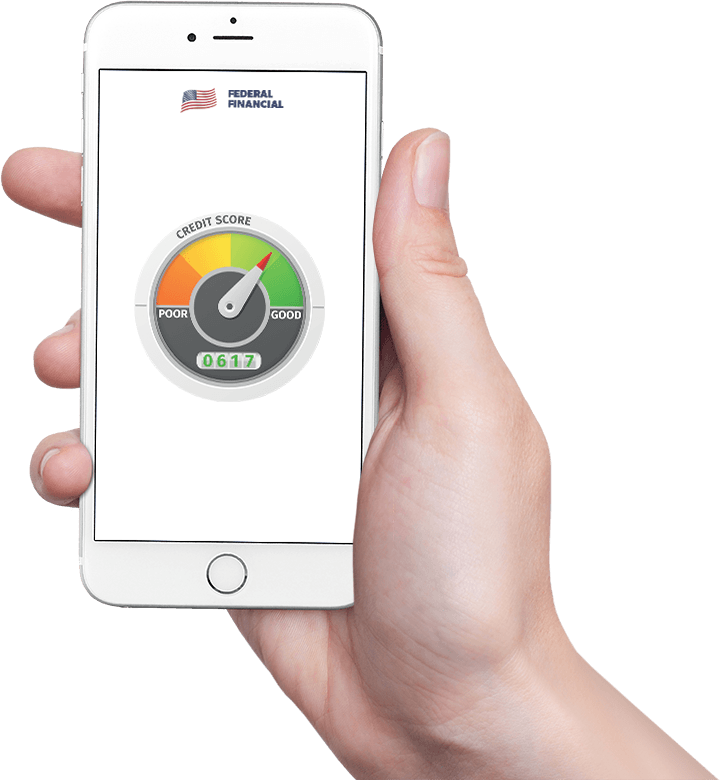Taking too long? Close loading screen.

FEDERAL FINANCIAL RELIEF Kimberly Cambell

November 22nd
Throughout Donald Trump’s presidency, there has been constant talk of cuts to federal programs that offer assistance for low-income families. Among the programs Trump is cutting is the Affordable Housing Program, which has led to fears of Section 8 ending and house cutting nationwide.
Unfortunately, these fears are founded in very real Section 8 cuts that have occurred over the past few years. Under Donald Trump, affordable housing has become less available to those who most need it. In order to understand what’s going on today, let’s take a look at what the program is, how it currently works, and the various measures the administration has taken has taken to get rid of Section 8.
The Affordable Housing Program is the umbrella term for a number of grants administered by the Department of Housing and Urban Development, or HUD, which is a federal department led by Trump HUD Secretary Ben Carson. These grants help state and local governments fund affordable housing for low-income residents in their neighborhoods. In addition to other housing for the poor programs, the HUD housing program includes Section 8 funding for measures like vouchers for families, new home construction, and more.
The Section 8 measure that people are most familiar with, and often most dependent upon, is that of the Housing Choice Voucher Program. Under HUD Section 8 regulations, voucher recipients pay a percentage of their income for rent, while the remaining amount is covered by the federal government via local public housing agencies, who are given a set amount of federal funding and are responsible for managing the vouchers.
The voucher system is designed to place more low-income families in properties under private landlords, allowing greater choice, competition, and flexibility in the housing market, and making it possible for families to move as needed without losing their housing assistance.
Because low-income families are often forced to spend a disproportionate amount of their income on housing, Section 8 has, for decades, been an attempt at alleviating that strain on a family’s financial situation. However, because the amount of federal funding received by local public housing agencies has long been below the amount needed to subsidize the rent for every qualifying family in their community, families often find themselves on a waiting list for months or even years.
Moreover, due to the ongoing housing shortage — which has only been worsened by insufficient funding for public housing repairs and maintenance — even families who qualify for and receive a voucher may still find themselves without a place to live.
Since its inception, the Affordable Housing Program has suffered from a lack of funds and, all too often, a lack of cooperation from landlords and other property owners. Thus the program, while helping some families tremendously, has failed to adequately address the problem of public housing. Unfortunately, under the current administration, these shortfalls and problems may become even worse as Trump and Section 8 continue to be at odds.
Donald Trump has repeatedly proposed federal budgets that would reduce the amount of funding to HUD. The proposed Trump HUD budget for 2018 included a $7 billion cut, while the proposed budget for 2019 went even further and called for an $8.8 billion dollar cut to the federal housing aid. The budget proposal for 2020, however, has been the most drastic of all, with a whopping $9.6 billion cut to HUD funding.
The various budget proposals, in addition to words from the administration and the president himself, have made it clear that Section 8 is among the programs Trump wants to cut. The Trump housing policy has repeatedly been one of reduced funding for the affordable homes programme, including homeless shelter budget cuts, less spending across the board on various initiatives for the public housing program, and new section 8 rules to reduce the amount of assistance — and raise the stakes — for low-income households. From increased family contributions to work requirements, Section 8 has come under fire in a variety of ways.
The HUD cuts 2018, as laid out in Trump’s proposed federal budget, included the Section 8 program. In addition to slashing the department’s overall funding, the administration’s budget outlined specific changes to the program’s requirements and eligibility.
At the time, voucher recipients paid 30 percent of their net income — that is, their after-tax or take-home pay — for rent. The Section 8 budget cuts 2018 would have raised the rent paid by families from 30 percent of their net income, to 35 percent of their gross — or pre-tax — income. This has the compound effect of taking a larger chunk from a larger amount, reducing a family’s take-home pay even further.
The Trump budget Section 8 also proposed — and succeeded in enacting — a minimum $50 rent per month, regardless of whether that amount would constitute more than the proposed 35 percent of the household’s income.
The proposed Trump budget HUD for 2019 also included specific changes to the Section 8 program. Again, the administration proposed using a family’s gross income to determine their contribution, rather than their net take-home pay, effectively making it a larger 30 percent. This change was eventually adopted in the bill passed by Congress and is now the calculation used for vouchers today.
Another drastic change proposed allowing for the institution of a work requirement for Trump Section 8 housing. This would have applied to every adult in a household who is not elderly or disabled, requiring up to 32 hours of work per week as a prerequisite for receiving a voucher.
As in previous Trump budgets, HUD budget cuts 2019 included other rollbacks to housing assistance programs across the board, including a call to eliminate Community Development Block Grants, a program that supports a variety of initiatives including public building repairs and disaster relief.
The president’s 2020 budget proposal, released in March of 2019, included the most significant changes to Section 8 yet. The proposed Donald Trump Section 8 called again for a raise in family contribution to 35 percent of their gross income, having successfully moved the calculation from net to gross income in the previous year.
The budget also proposed raising the mandatory minimum rent passed in 2018 from $50 to $150 — again regardless of whether that might be more than 35% of the household’s income — thus effectively tripling the rent for the many families.
Another change called for the elimination of all income deductions for medical and childcare expenses, which primarily would affect those households already being squeezed the most: seniors, people with disabilities, and families with children.
Finally, the proposed 2020 budget would allow local housing providers to impose work requirements of their own, adding yet another eligibility check for families in need of assistance.
While many of the changes proposed by Trump on housing have not made their way into law, the administration’s intent is nonetheless clear and offers a stark warning for those dependent on Section 8 funds. Moreover, it can be seen that even with regard to changes that initially fail to become law, intermediate steps are often taken to move the policy in that direction, until what was once a drastic change is seen as a more insignificant and viable step.
The 2018 proposal to set rent at 35 percent of the gross income, for example, consisted of two considerable changes — the percentage, and the income included in the calculation — and was seen as too drastic a step for lawmakers to take. By separating the change in income type from the percentage, however, Trump succeeded in moving from net to gross income type for 2019, and his call to raise the percentage for 2020 consequently sounds less severe.
Trump cutting Section 8 has been an ongoing battle throughout his presidency. Under his administration with Ben Carson and Section 8, we can expect to see further attempts to erode the program with HUD cuts and increased federal oversight of the voucher system. As Trump raises rent on the country’s low-income families, evictions, homelessness, and poverty will be on the rise, contributing to a Donald Trump housing crisis across the nation.
So far this year, Congress has not included the more severe Trump housing cuts in their spending packages. Indeed, a package for the 2020 fiscal year passed by the Senate in October included slightly increased funding overall for affordable housing programs under HUD, though it did include cuts to certain specific programs in the department.
The Senate bill does not, however, take measures against certain HUD proposals to reduce civil rights protections for LGBTQ+ people and to implement rules that could lead to the separation of immigrant families. A bill passed by the House of Representatives earlier this year did include provisions against these proposals, but, as we know, a lot of changes can happen before a bill is passed by both houses of Congress and ultimately signed into law. This means that even Section 8 programs with their funding currently intact are not yet out of danger.
It has been encouraging to see lawmakers from both sides of the aisle stand up for the preservation of affordable housing in the face of Trump cutting food stamps and Section 8. Nonetheless, the protections and funding for those programs, especially HUD Sec 8, have been under constant attack in recent years. It remains to be seen whether Congress will be successful in repelling those attacks, or whether new Section 8 rules — and larger HUD funding cuts — will once again come into effect.
Hey everyone I'm Kimberly. I help people take full advantage of free programs and loopholes from governments and organizations. There are billions of dollars available to help people just like you. See if you're eligible today!
Introducing Federal Financial CreditRestore +
Poor credit costs you big. Higher car payments, more credit card interest, you name it. Get your credit fixed NOW with the official Federal Financial CreditRestore + program and get your financial life back on-track.
Sign up today and take full advantage—initial consultation is totally FREE.
Take Advantage
Questions? Get in touch
Recent Comments